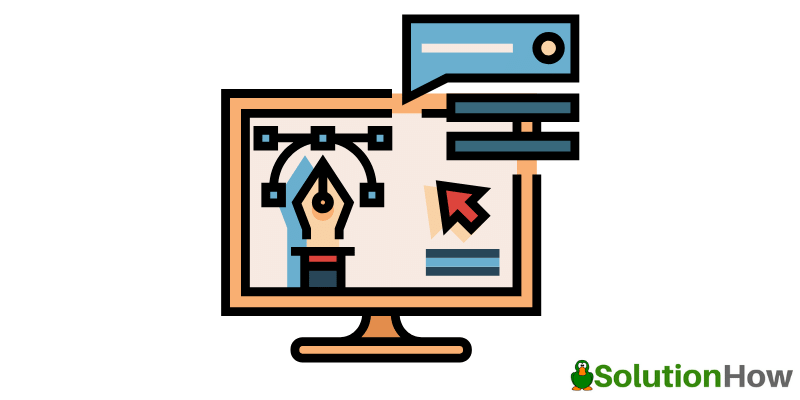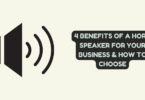
The Impact of Page Speed on WooCommerce SEO: Tips for Optimisation
Welcome to the fast-paced world of e-commerce, where every second counts. In this digital realm, page speed isn’t just about impatient users; it’s a critical factor in the eyes of search engines. If your WooCommerce store lags behind, so does your SEO game. So, let’s unravel the mysteries of page speed and how it can make or break your online success.
The Connection Between Page Speed and SEO
Have you ever wondered why Google keeps harping on about fast-loading pages? It’s not just to save our sanity; it’s because they know that speed matters. Search engines consider page speed a crucial factor in determining your ranking. The logic is simple: a faster website provides a better user experience, and search engines want to direct users to pages that offer just that. Studies consistently show a positive correlation between swift loading times and higher search rankings.
How Page Speed Affects User Experience
Now, let’s talk about your visitors. Picture this: a potential customer clicks on your site, and instead of instant gratification, they’re met with a loading spinner. Frustrating, right? Slow-loading pages not only test patience but also increase bounce rates. Users want information at their fingertips, and if your site can’t deliver, they’re off to your competitor’s speedier haven.
Tools for Measuring Page Speed
Curious about your site’s speed? There’s a tool for that. Google PageSpeed Insights, GTmetrix, and Pingdom are your go-to pals for assessing your page speed performance. Plug in your URL, and voila! These tools provide insights and actionable suggestions to fine-tune your website’s speed. If you’d rather have professional help with page speed and SEO in general, check out ClickSlice’s Woocommerce SEO services.
Common Causes of Slow Page Speed in WooCommerce
Now, let’s address the elephant in the room: Why is your WooCommerce store dragging its feet? Large images, too many plugins, and unoptimised code are common culprits. It’s time to roll up our sleeves and tackle these issues head-on for a faster, more efficient online store.
Tips for Optimising Page Speed in WooCommerce
Image Optimisation
Let’s start with the heavyweights: images. Compress those megabyte-loaded images, choose the right file formats, and watch your load times slim down. Consider using plugins like Smush or Imagify for effortless image optimisation.
Caching Strategies
Caching is like having a cheat code for speed. Plugins such as W3 Total Cache or WP Super Cache can be your secret weapons. They store a static version of your site, reducing server load and speeding up the user experience.
Hosting Considerations
Your hosting provider is your store’s landlord. Opt for a reliable one with WooCommerce-friendly features and excellent performance. A well-chosen host can significantly impact your site’s speed and overall performance.
Lazy Loading for Images
Imagine only loading the groceries you need from the car in one go. That’s lazy loading for you. This technique prioritises loading visible content first, ensuring a faster initial page display. It’s a win-win for user experience and speed.
Should I Use WooCommerce?
Are you undecided on the eCommerce platform to use for your new business? There are many big names out there, which can make your decision tricky. But, one that you’ll see time and time again is WooCommerce. There are many good reasons for this. Here are some reasons why you should use WooCommerce.
Cost-Effective to Start
Are you just getting your business up and running? Cost is going to be a concern, but there’s a solution. Using WooCommerce is free, which means you don’t have to break into your budget to get started. Yes, there are premium themes and add-ons you can enjoy. But, they’re not obligatory and you can choose to get them later on. You don’t have to spend a penny to get your business out there to begin with.
User-Friendly for Beginners
Are you new to eCommerce? You must choose a platform that allows you to learn as you go and support your business goals. Indeed, this is exactly what WooCommerce does. It has a user-friendly admin panel, which allows you to gain more information about your business. Plus, the setup is easy and you don’t have to possess a lot of technical knowledge to get things started. It’s simple to choose from different themes and browse useful plug-ins.
Offers Security
Sometimes, the internet can be a dangerous place. This is something to remember when you have a business and you always want to prioritise security. With WooCommerce, updates are made regularly to ensure the best security for customers and businesses. This gives you peace of mind and you know you’re making a good decision.
Scalable for the Future
Do you already have big dreams for your business? This is a great thing and you should continue to be ambitious. But, you should consider the eCommerce platform you’re using from the beginning. It’ll be a lot easier to grow as a business when you start with a good one. Thankfully, WooCommerce is scalable, which allows you to stick with this one for a long time. It adapts well to growing product lists and copes fantastically with increases in customers. It’s very dependable in this way.
Conclusion
There you have it—a whirlwind tour of the impactful relationship between page speed and WooCommerce SEO. In this digital race, your site’s speed isn’t just a luxury; it’s a necessity. Follow these tips, keep an eye on your site’s performance, and watch your WooCommerce store zoom past the competition in both user satisfaction and search engine rankings.






